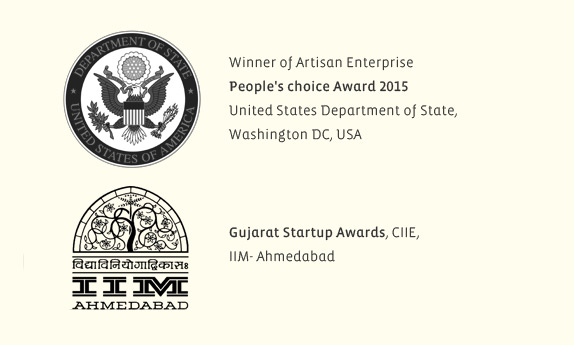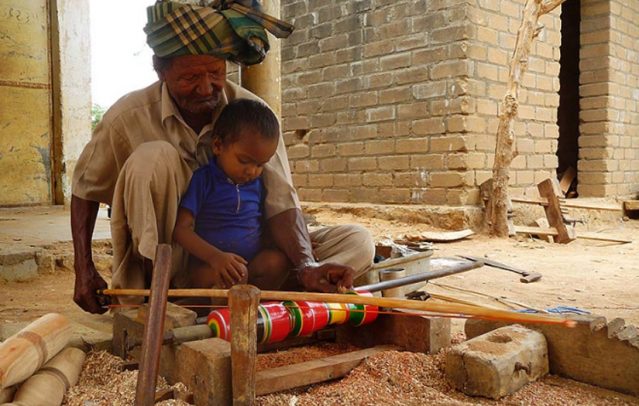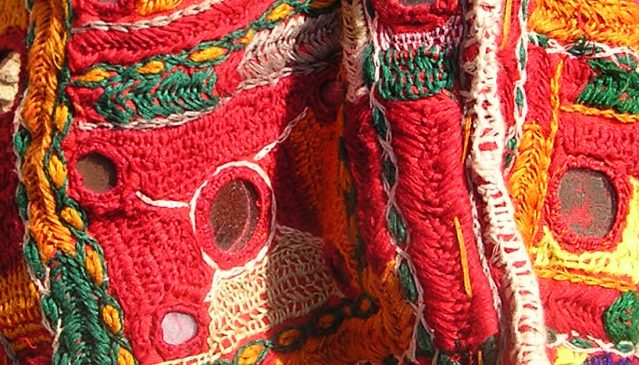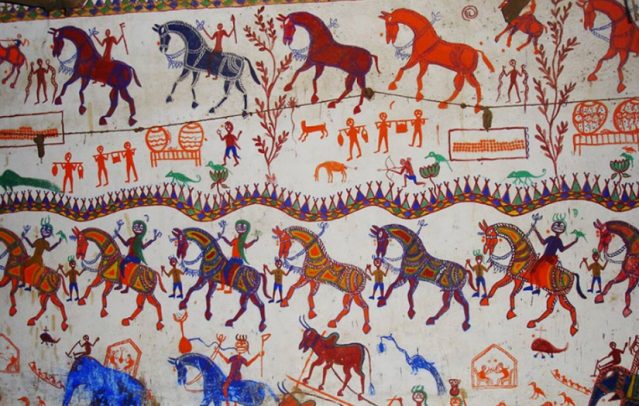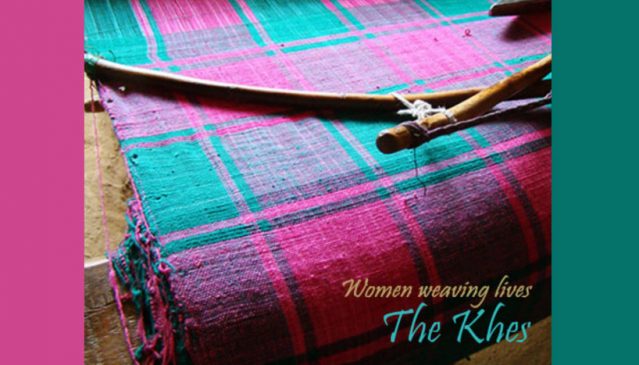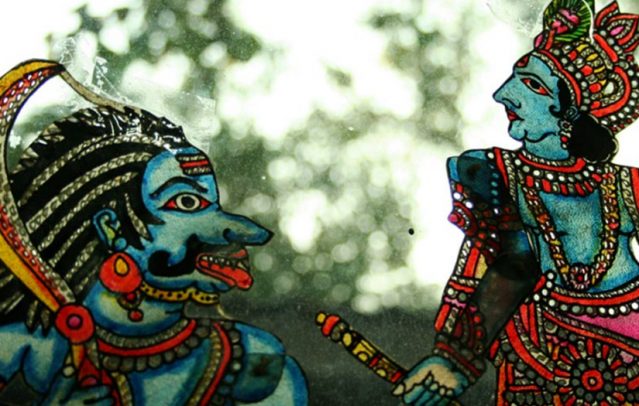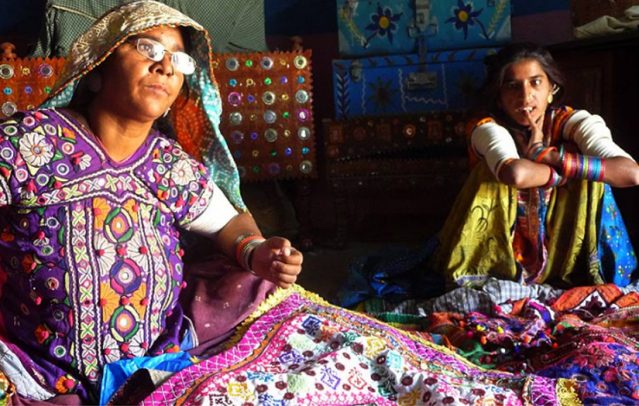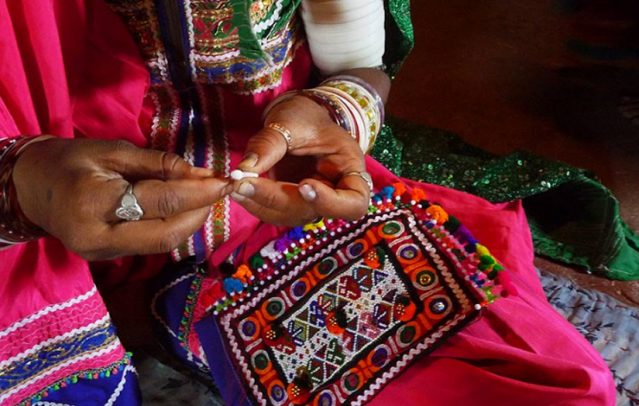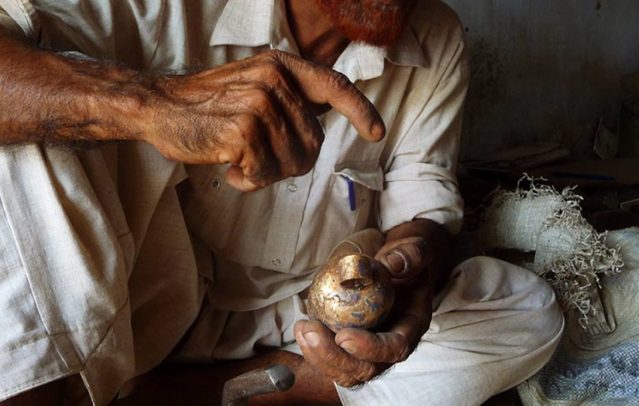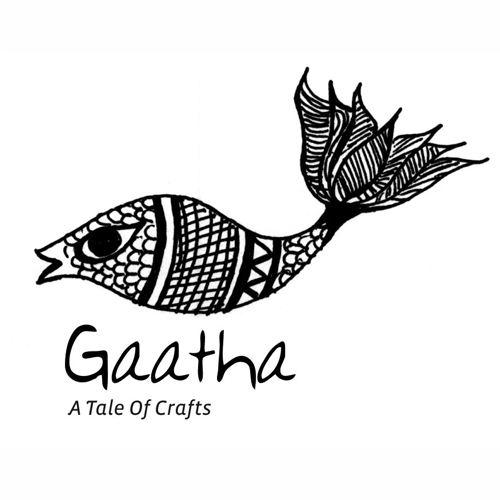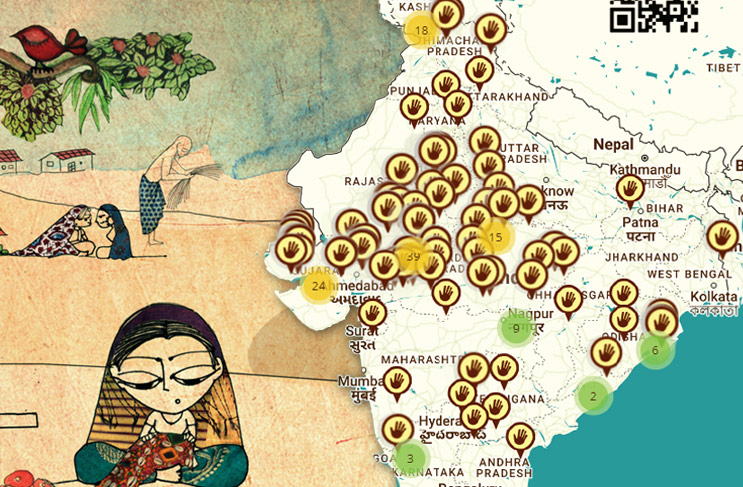
Discover: How can we truly understand a product or artwork without knowing its stories and iconography? So, we begin by documenting from the heart, to learn more about ourselves and our connection to everything around us…
Research & Archive – Gaatha.org
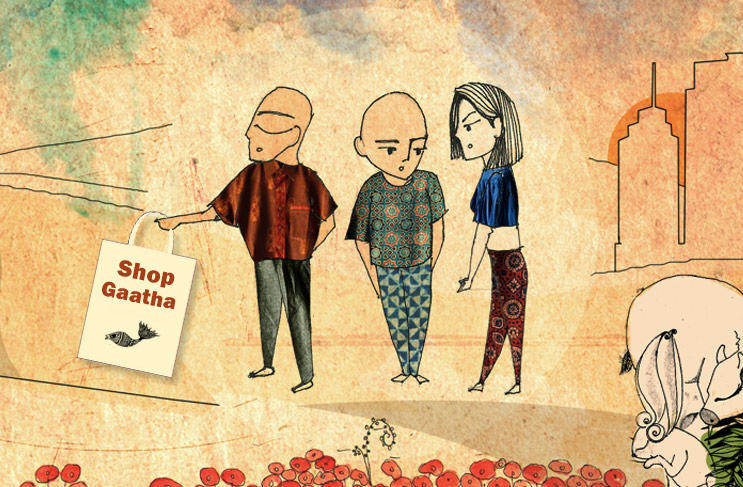
Shop: After documenting the craft, we carefully design and handpick masterpieces. Every piece we curate is rooted in authenticity, with care that the benefits flow back to the makers, so they can keep creating, and we can keep admiring, again and again.
Shop online – shop.gaatha.com
What is the meaning of Gaatha?
‘Gaatha’ means a great story. For us, it is the story of the hand and the act of crafting—an act that has played a vital role in developing ‘civil-ness’ within any civilization. The ancient practice of crafting is almost always a reflection of its time… and at times, it is powerful enough to make time itself reflect it.
Gaatha has been working in the craft sector for over 15 years, actively supporting the Indian artisan community by providing a unique platform for their products and voices. It is the transfer of this value system—more than just the handicraft itself—that lies at the heart of the ‘Gaatha’ project.
Above all, we aim to identify and recognize the faceless Artisan.
A TALE OF CRAFTS
(A Blog on Indian Handicrafts | Since 2009)
Lambani Embroidery
Pithora Paintings
The Khes of Punjab
Leather puppets of Andhra Pradesh
Kutch…Rabari Embroidery
Kutch Embroidery…
The sweet fragrance of Aggarbatti
Metal Bells of Kutch
STAY CONNECTED, STAY UPDATED, STAY ROOTED!
MUST EXPLORE
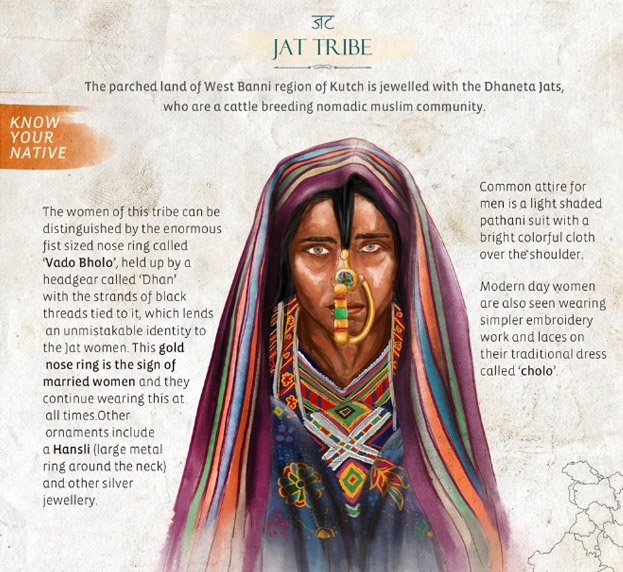
Gaatha brings you Know Your Native, where we help you join hands with various different tribal communities in India and distinguish one tribe from another by understanding their culture, ornamentation, clothing, hairstyles and other various practices.
Know more…
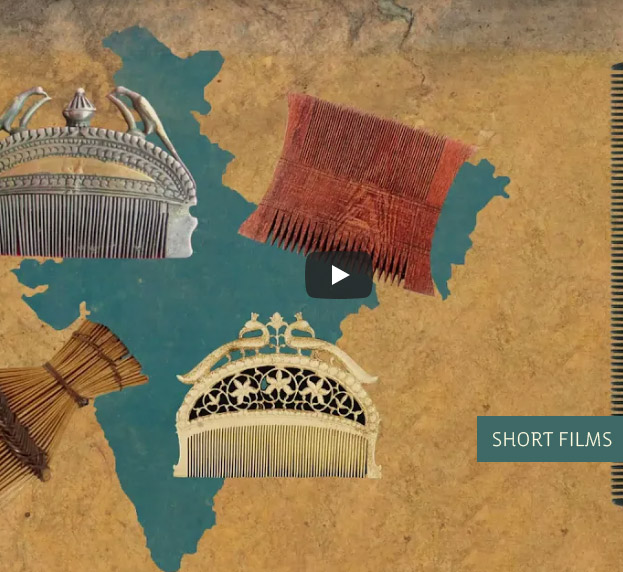
Short films on handicrafts of India, learn about the beautiful history, folk tales, customs, significance, Traditional Designs & making process.
Know more…
